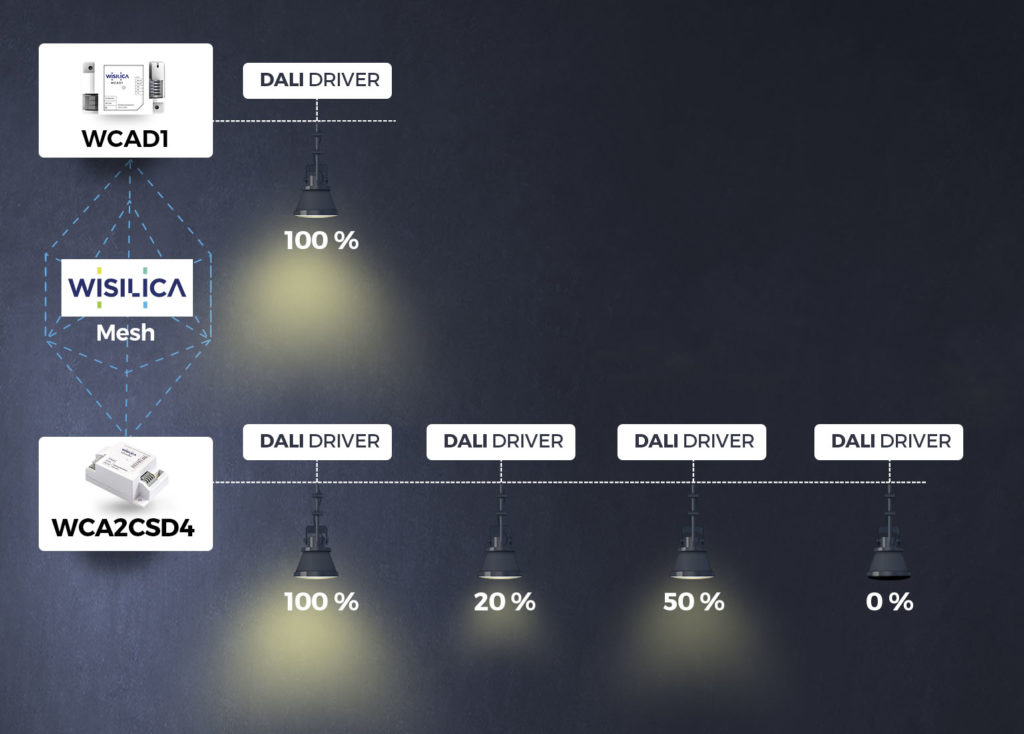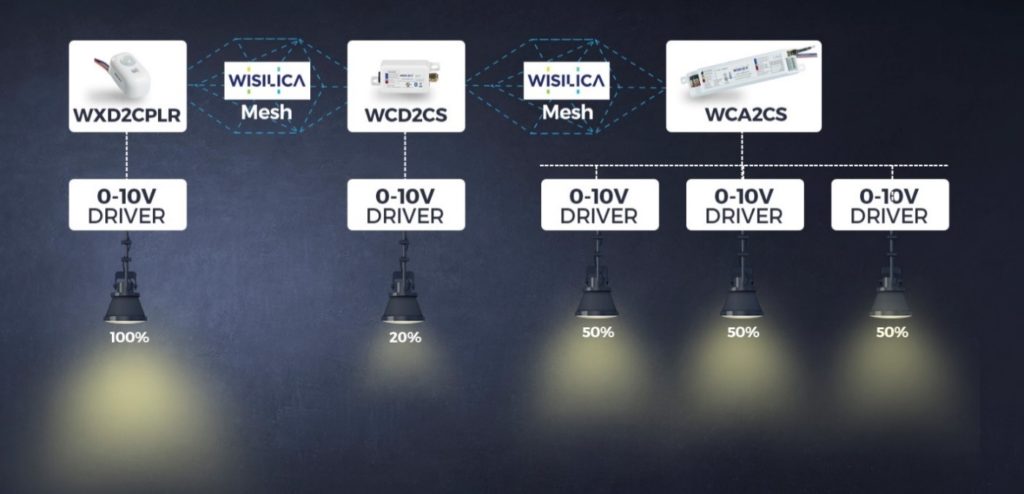Smart lighting systems are changing the way lights behave. Today, luminaires are smart, intelligent, and controllable to make lights glow with user-preferred intensities and color. People prefer to set lights to suit their emotional state and improve the surrounding ambiance. Therefore, smart lighting control systems are now widely used in indoor and outdoor lighting setup of residential, commercial, and industrial spaces.
These IoT light control systems allow wireless controlling of luminaires through Bluetooth devices, delivering ease of use and convenience. They also maximize energy savings, satisfy building codes, and comply with green building and energy conservation programs.
Types of lighting control systems
The two main types of lighting control systems are Analog lighting controls like 0-10V and Digital lighting controls like DALI. They further have various subsections based on their applications and functioning.
DALI system
DALI based digital control systems are the most popular ones among all. Abbreviated for Digital Addressable Lighting Interface, it’s an open-standard digital lighting control protocol, interoperable with fixtures from various manufacturers (with IEC 60929 and IEC 62386 international standards).
It consists of a controller, a power supply, and one or more slave devices with DALI interfaces to control light intensity, CCT, and color. The DALI systems address individual fixtures or multiple fixtures via multicast and broadband messages. It can be arranged in a bus or star topology or a combination of both and reduce multiple wiring demands and expenditures. It’s also a bi-directional system, that enables the controller to monitor and control each device for troubleshooting.
Advantages of DALI systems
- Open IEC standard and be used by all users
- Digitally addressable
- Easy commissioning and greater control flexibility
- Polarity independent two-wire control
- Constantly improving and extending
DALI systems generally accommodate 64 fixtures in a single DALI line for controlling and allow users to set 16 groups and 16 scenes. However, a larger number of light fixtures can also be controlled using this system with the help of additional bridges.
WiSilica offers Wirelessly controlled dual-channel DALI dimming devices like WCAD1 and WCA2CSD4 with 1 and 4 DALI slaves, respectively.

0-10V system
0-10V lighting control is the most commonly used method among all Analog dimming systems. Controllers in this system connect to each fixture through separate wires, where DC voltage signal varies between 0-volt to 10-volts. Each value of voltage corresponds to a specific light or brightness level, meaning, 0-volt corresponds to turn off, 1-volt corresponds to dim light, and 10-Volt corresponds to bright light. 0-10V is much simpler than other lighting systems and can be best used to control individual lights.
Unlike digital systems, 0-10V dimming is not addressable. It dims or brightens all the light fixtures in the chain at the same time, and, at the same levels. 0-10V can be employed in facilities requiring one-action for all-devices and reduce operational complexities.
Advantages of 0-10V systems
- A simple workflow for dimming
- Cost-effective dimming method
- Easy to troubleshoot
- Seamless installation
It varies the intensity or CCT of luminaires, as the voltage signal only allows a single range of lighting levels. It’s typically used in commercial and industrial lighting with fixtures that have an LED driver designed for 0-10V DC dimming input.
WiSilica offers Wirelessly controlled 0-10V dual-channel AC and DC dimming devices like WCA2CS and WCD2CS, respectively. Further, our WXD2CPLR device has PIR/LDR sensors.

WiSilica provides wireless 0-10V dimming and DALI dimming systems to put them to best use for enterprises across industries.
Visit our webpage to know more about our lighting control devices.






